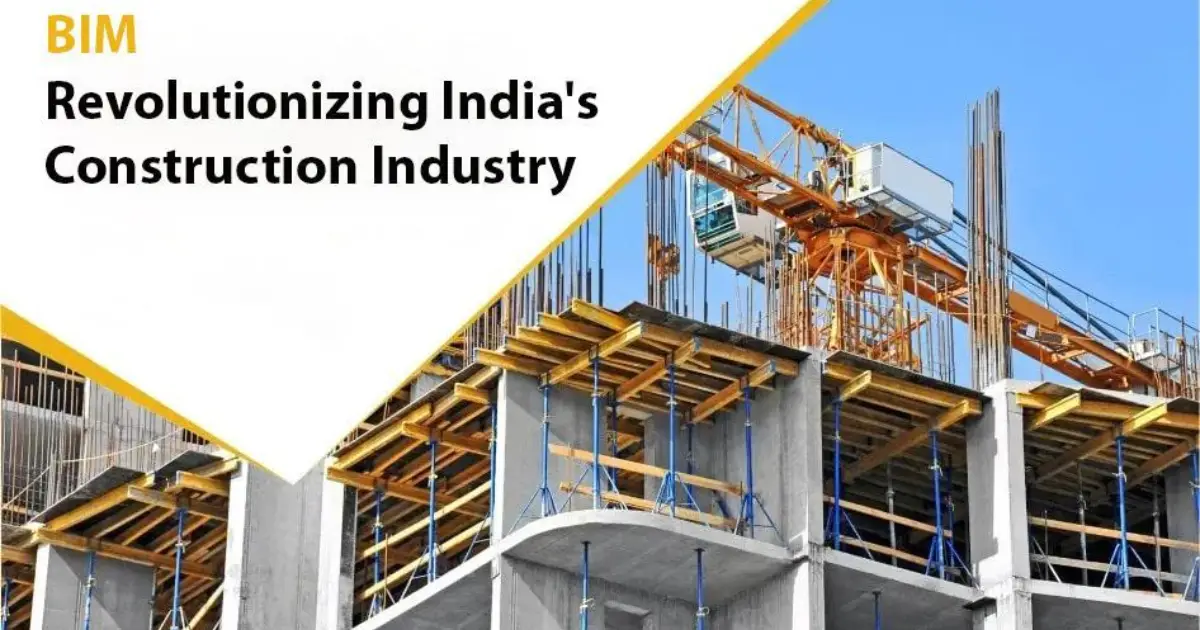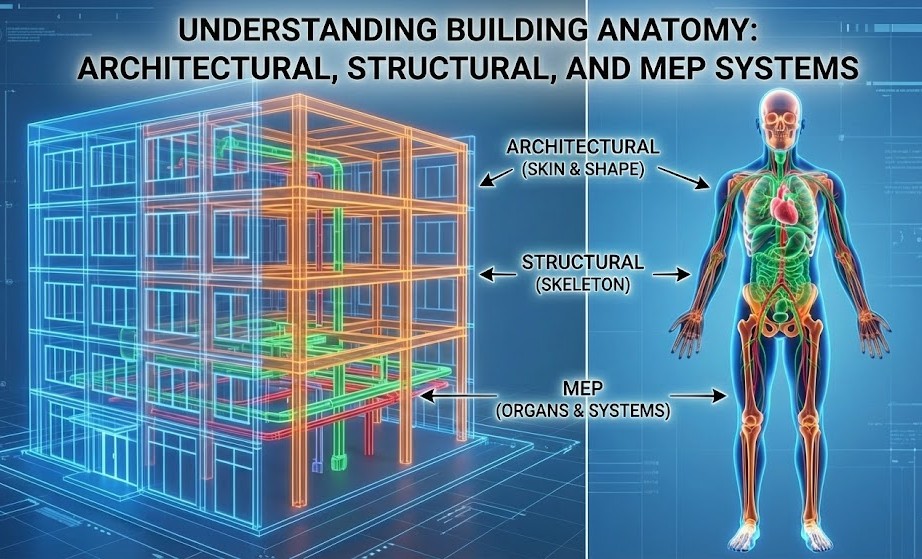
Author: Devika R
May 7, 2024
3 min read
The Indian construction industry is on the cusp of a transformation. Building Information Modeling (BIM), a revolutionary technology that uses 3D models to integrate project data throughout the entire building lifecycle, is making its mark. But where does BIM stand in India, and what does the future hold?
BIM in Action: Building a Collaborative Future
While BIM adoption is not yet mandatory nationwide, several landmark projects showcase its potential. Here are some examples with timelines:
- Delhi International Airport (2006-2010): BIM facilitated clash detection, minimizing errors and rework during the construction of this massive airport.
- Nagpur Metro (Phase 1 – 2014-2019): This project pioneered 5D BIM in India, integrating cost scheduling into the model for better project control.
- Bangalore Airport Terminal 2 (2013-2016): BIM streamlined design and construction coordination, leading to a smoother project execution for this significant expansion.
- Rapid Transit System, Amritsar (2015-2017): BIM enhanced visualization and communication between stakeholders, ensuring a well-coordinated project for this rapid transit system.
- Central India’s Gwalior Railway Station Renovation (2017-2020): BIM aided in clash detection, improved constructability, and facilitated better space management during this historic station’s refurbishment.
These projects demonstrate BIM’s ability to improve efficiency, reduce costs, and enhance project delivery across various sectors. Government initiatives like the Smart Cities Mission also recognize this potential and leverage BIM for better urban planning and infrastructure development.
Skilling Up for Success: The Current BIM Landscape

Despite these successes, challenges remain. A skilled workforce is essential for BIM implementation. The India BIM Association (IBIMA) is crucial in bridging this gap by advocating for BIM education and creating a strong BIM community [India BIM Association].
The Future of BIM in India: A Roadmap to Success
Here are some key trends to watch:
- Potential Government Mandate: The government is actively considering mandating BIM for public projects, which will accelerate adoption.
- Focus on Affordability: Software developers are creating more affordable BIM solutions to cater to the needs of small and medium-sized businesses.
- Integration with Emerging Technologies: BIM will likely be integrated with technologies like Virtual Reality (VR) and Artificial Intelligence (AI) to enhance collaboration and decision-making further.
Building a Better India: The Power of BIM

BIM holds immense potential to transform the Indian construction industry. By embracing BIM, stakeholders can achieve greater efficiency, reduce costs, and improve project quality. With continued government support, industry collaboration, and a focus on skill development, BIM can pave the way for a future where India builds smarter and more sustainably.
Important to Note: While BIM is not mandatory nationwide currently, some government agencies recommend or require it on specific projects.





